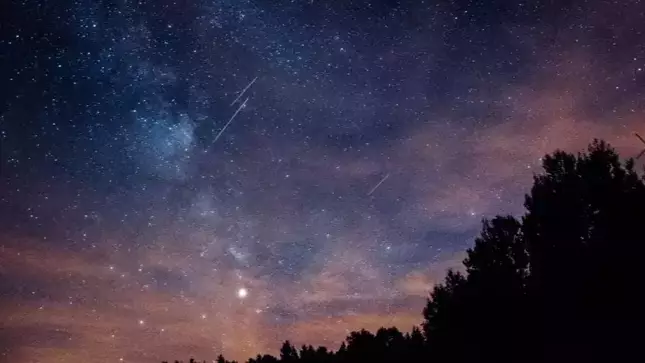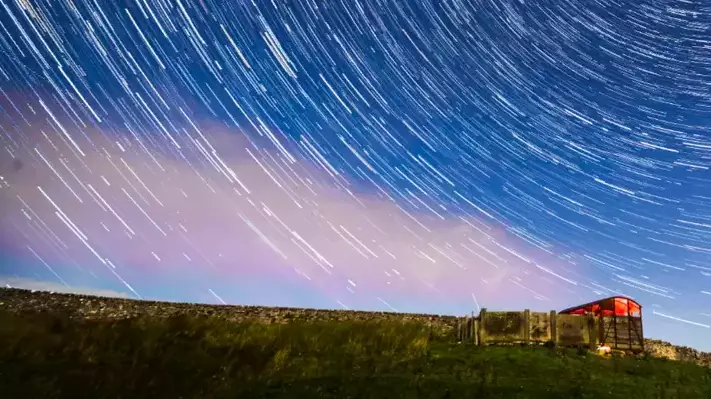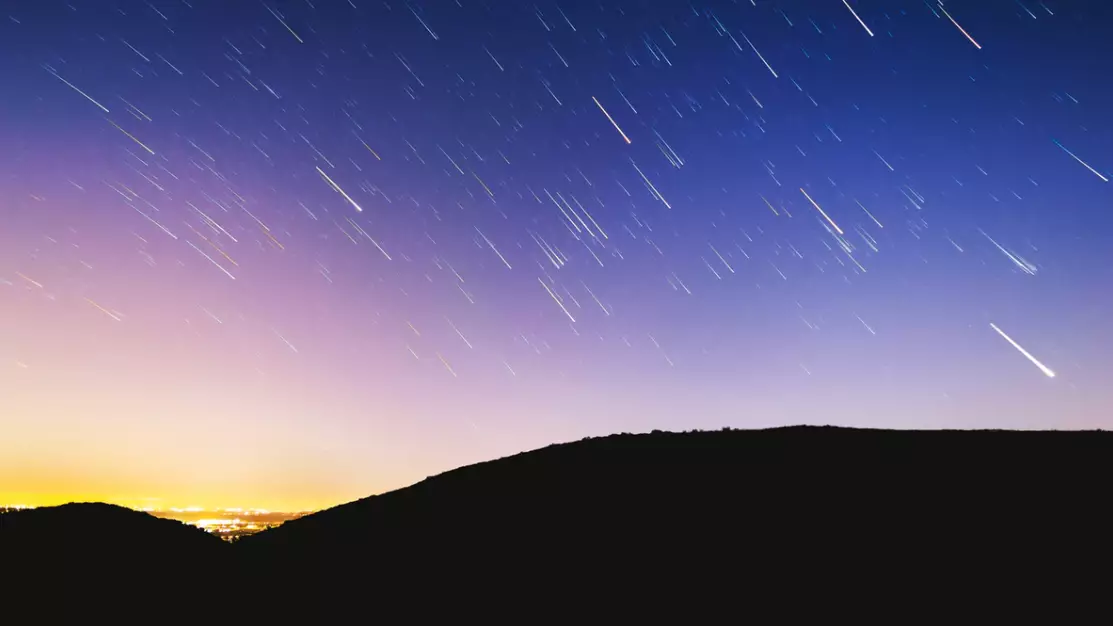
It may be Bonfire Night on Tuesday, but the sky will get an extra glow for another reason altogether.
The Taurid meteor shower, which is peaking in the sky in 5th November, is set to produce around five to 10 meteors an hour.
The Taurids, named after the after the constellation Taurus (the Bull), come from two streams of debris left behind from Asteroid 2004 TG10 and debris from Comet 2P Encke.
Advert
As these dust grains hit Earth's atmosphere, they heat up and create flashes of light, AKA meteors.

The showers are due to peak in the mornings between the 4th and 6th of November. This week, the first quarter moon will set shortly after midnight leaving the sky perfectly dark for viewing.
Despite the low numbers of meteors, the Taurids are known to create 'fireballs' - or extremely bright meteors.

To see the shower, the National Space Centre advise: "You do not need to look in any particular direction. Lean back, let your eyes adjust to the dark, and watch the whole sky (it helps to have friends look in different directions).
Advert
"The darker the location the better, so find the darkest sky you can away from city lights.
"Look up, and keep an eye on the whole sky.
"As always in the UK, clouds can be an issue, but be patient."

They add: "The Taurids don't have a strong peak time, which means that there's a good chance of seeing meteors on many different nights.
Advert
"So if it's cloudy on the 5 November, you can always try again on a nearby day. The Taurids run annually between late October and early December."
Last month, star-gazers were treated to another spectacular show: the Draconids. Watchers were able to see as many as 1,000 shooting stars per hour between 8th and 9th October.
Stunning!
Featured Image Credit: Unsplash